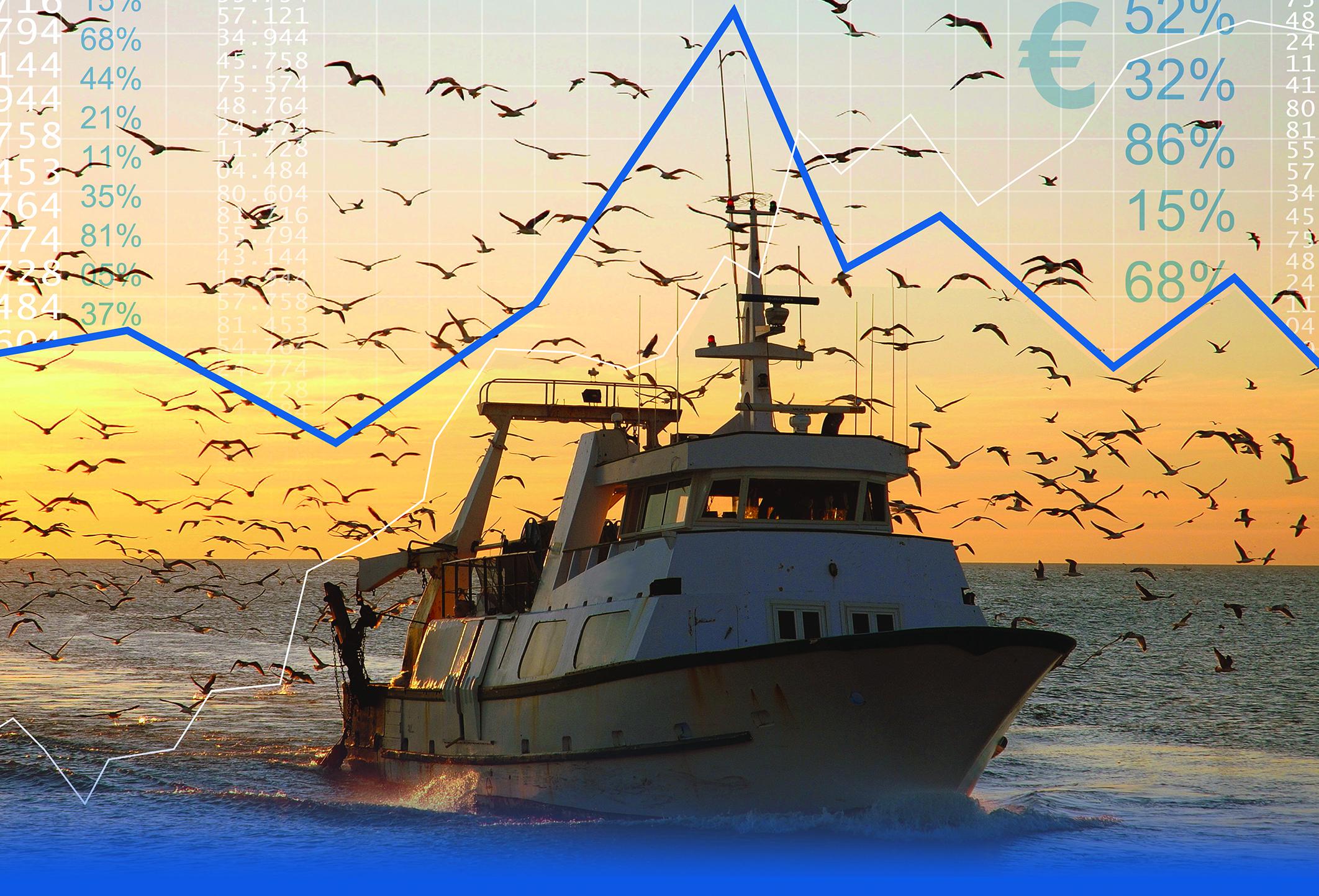News
“Blue bioeconomy report” 2022 edition is online
EUMOFA releases the 2022 edition of Blue bioeconomy Report. The study, released every two years, aims to provide an updated overview of the European Union’s blue bioeconomy sector focusing on micro- and macroalgae cultivation systems by examining seaweed farming and sargassum as key aspects for economic transformation and marine ecosystems.
Overview of latest developments of micro- and macroalgae cultivation systems:
Seaweed farming and harvesting are still very small-scale in Europe – despite 36% of entries in a global seaweed industry database being in Europe, many are start-ups not yet commercially operational.
Seaweed as blue carbon
The EU hosts significant wild seaweed ecosystems but account for less than 0,1% of the global human-led seaweed production. Possible actions to integrate seaweed in climate policies include conservation, restoration and farming, with potential positive effects on both climate and the environment.
How seaweed farming can transform regional economies
There is a growing demand for seaweed products that producers cannot fulfill due to a variety of factors (knowledge silos, lack of data transparency, unpredictable production cycles, inefficient supply chains, complex regulatory frameworks), all of which disincentivize risk averse investors and businesses.
Sargassum
Pelagic sargassum plays a crucial role in marine ecosystems, serving as hotspots for biodiversity and productivity in otherwise substrate poor, low-nutrient open-ocean waters. Yet the use of Sargassum around the world is limited to certain niche areas, and there is no real market for the time being.
The study is available in English.
